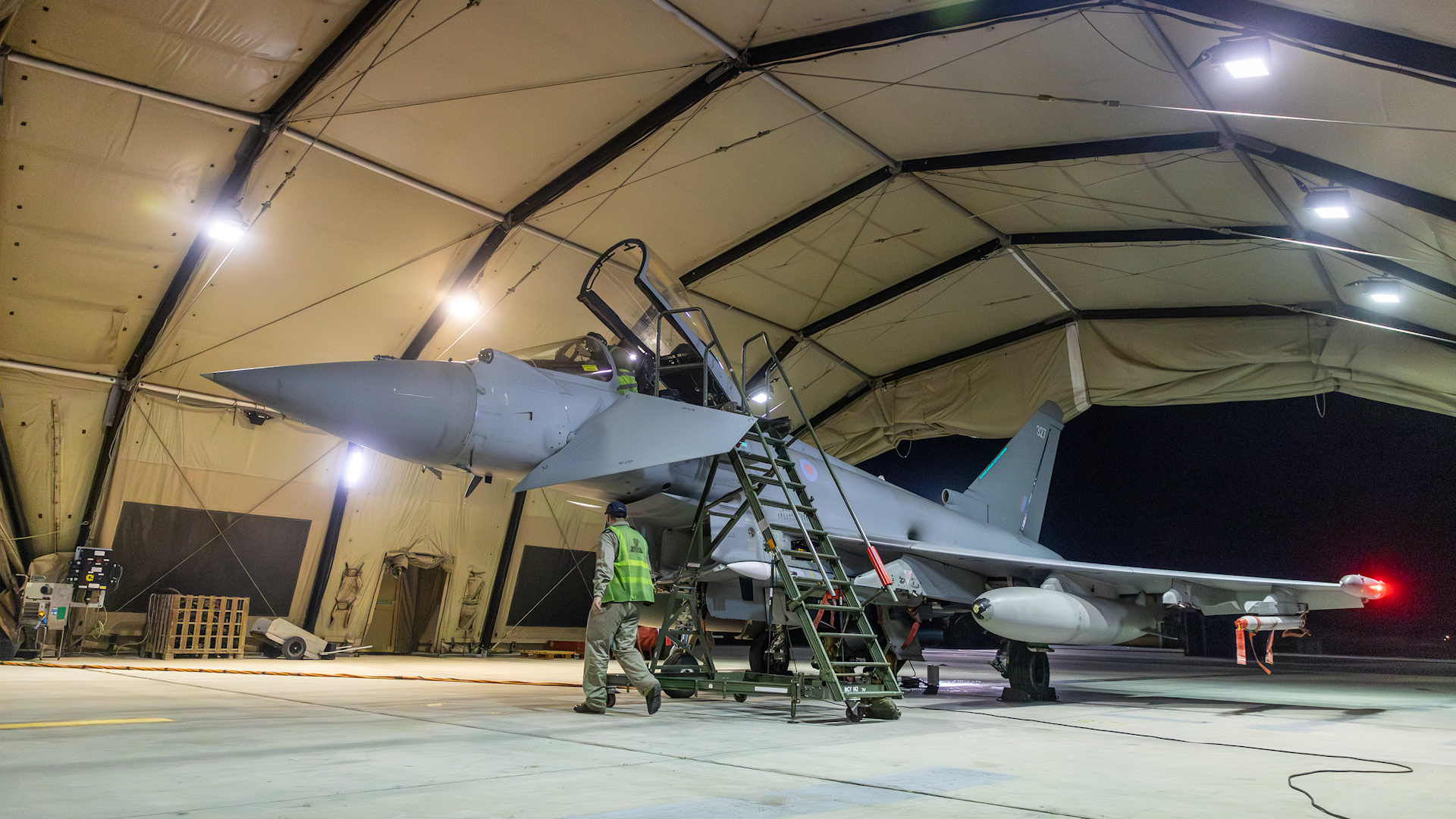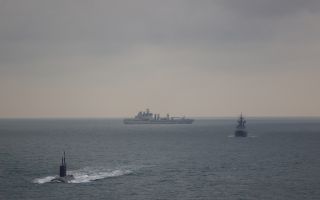
What weapons did the UK and US use in their strikes against the Houthis?

Dozens of Houthi militia targets in Yemen were hit in a series of overnight strikes by the UK and US.
RAF Typhoons were involved, as were US weapons launched from both surface vessels and a submarine.
But exactly what type of munitions were used?
Paveway IV laser-guided bomb
The Royal Air Force Typhoons dropped Paveway IV laser-guided bombs.
Weighing 226kg, the Paveway comes with a guidance system in the front, a 500lb warhead in the middle, which can penetrate concrete, and a tail section which guides the bomb.
It also uses a smart fuse to control how the bomb is detonated.
When the weapon is released, the aircraft, in this case a Typhoon, will give it targeting co-ordinates.
It is then able to interface with a signal from GPS satellites and fly itself to a very accurate grid reference.
The Paveway IV is a dual-mode weapon, which means it can also be guided onto its target using a laser.
A target will be illuminated by a laser and the weapon will look for the reflected energy, homing in on the exact spot.
One RAF target was a group of buildings that were believed to have contained reconnaissance and attack drones at Bani in northwestern Yemen.
The second RAF target was the airfield at Abbs which intelligence had indicated was used to launch both cruise missiles and drones over the Red Sea
US Tomahawk cruise missiles and the F/A-18 Hornet's HARM
The US conducted air strikes using F/A-18 Hornet jets from the USS Eisenhower aircraft carrier, which would have carried AGM-88 High-speed Anti-Radiation Missiles (HARM).
Video released by CENTCOM also showed a Northrop Grumman E-2 airborne early warning aircraft launching.
This would allowed the USS Eisenhower to co-ordinate the airspace for the strike operations and give early warning of any Houthi air defence missile launches.
US forces also used long-range Tomahawk missiles.
The missile can be launched from a ship or submarine, and can hit targets precisely from 1,000 miles away according to Raytheon, the missile's manufacturer.
The current version of the missile, the Block IV Tactical Tomahawk, allows the user to switch targets whilst the missile is in flight, with the weapon capable of loitering for hours before changing course instantly when commanded to do so.
Tomahawks are designed to fly at extremely low altitudes and at high subsonic speeds, using mission-tailored guidance systems to use an evasive route.
The US Air Force said 100 precision-guided munitions of various types had been used in the joint attack, which targeted command and control nodes, munitions depots, launching systems, production facilities and air defence radar systems.
It said the strikes had been carried out by a mixture of air and maritime assets, with Tomahawk land attack missiles launched from surface and sub-surface platforms.
Tomahawk Land Attack Missiles (TLAMs) were fired from the US submarine USS Florida, which can carry over a 150 cruise missiles, and from two Arleigh Burke destroyers in the Red Sea.
The Arleigh Burke destroyers can carry over 90 Tomahawks which have a 1,00lb high explosive warhead and a range of over 1,000 miles.
Tomahawk missiles were first used in Operation Desert Storm in 1991.
They have been used in combat more than 2,300 times, with the US also using the missile in 2018 to strike at chemical weapon facilities in Syria.









